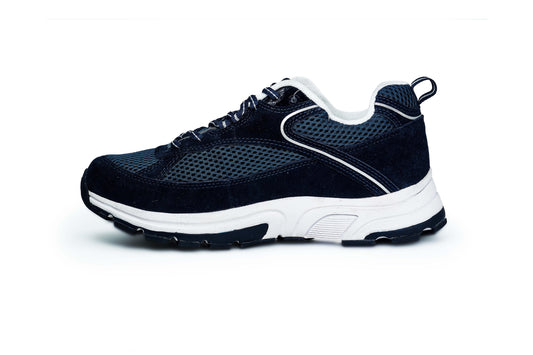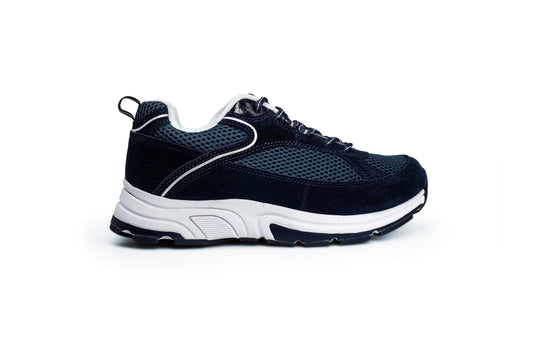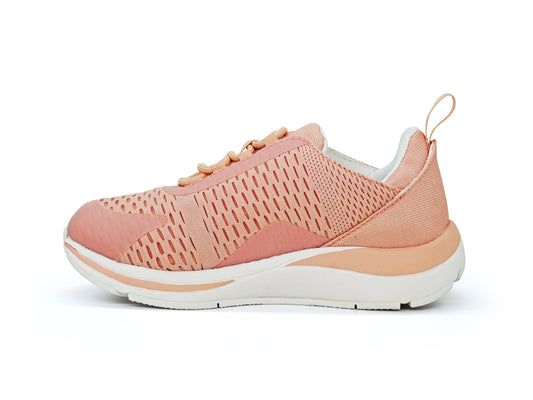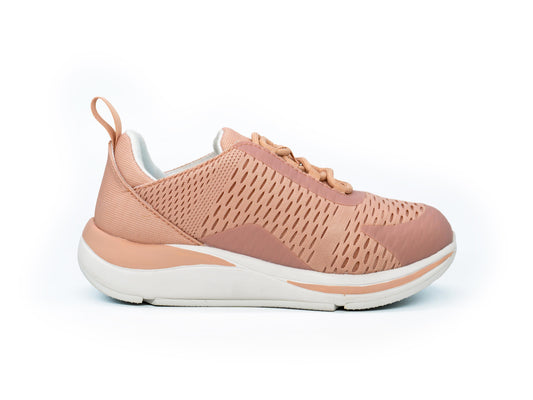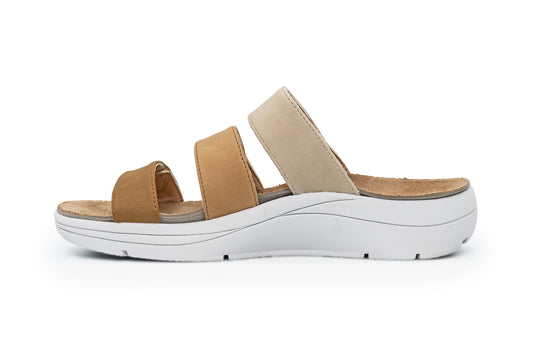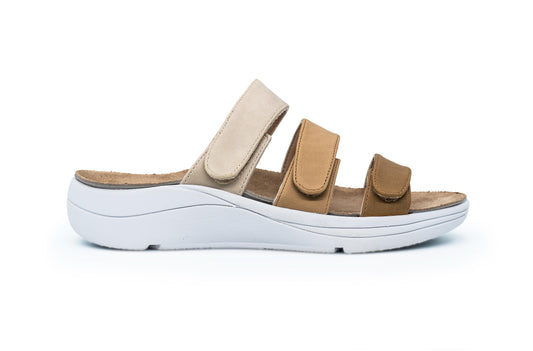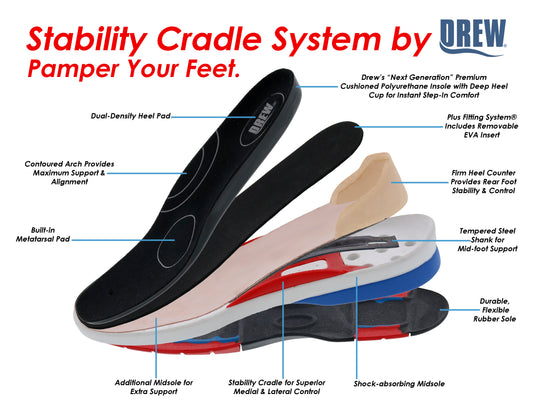ORTHOPEDIC SHOES FOR HEALTHY LIFESTYLE: KEEPING FEET ON THE GO
In today's fast-paced society, staying on your feet must be a high priority in managing both physical and psychological health. People run errands, hike on trails, and join sports, but the feet bear the heaviest burden. Often, the importance of proper footwear is cast aside, which is where orthopedic shoes step in. Designed with foot health in mind, these shoes are no longer just for foot ailments—they're essential for leading a healthier lifestyle. This blog explores how and where orthopedic shoes become instrumental in maintaining overall health and well-being.
What Are Orthopedic Shoes?
Orthopedic shoes are special footwear designed to improve the function and health of the feet. Unlike regular shoes, which may be chosen for style or comfort, orthopedic shoes aim to solve problems like arch issues, heel pain, and improper foot alignment. They include features like arch support, cushioning, a wide toe box, and heel stabilization, all of which minimize foot pressure and reduce the risk of injury.
While orthopedic shoes are commonly used to treat conditions like plantar fasciitis, bunions, and flat feet, their benefits extend far beyond that. They’re an excellent choice for anyone looking to maintain foot health, especially those constantly on the go.
How Do Orthopedic Shoes Matter for a Healthy Lifestyle?
For those constantly moving—whether through exercise, physical labor, or daily activity—foot health directly impacts comfort and performance. Here's how orthopedic shoes contribute to a healthier lifestyle:
1. Preventing Foot Pain and Discomfort
For those who engage in strenuous workouts or high-impact activities, foot pain can arise as a result of improper footwear. Short-term pain may be ignored, but long-term neglect can lead to chronic issues such as plantar fasciitis, bunions, or metatarsalgia. Orthopedic shoes, with features like arch support, cushioned insoles, and shock-absorbing materials, alleviate pain during high-impact activities. They distribute body weight evenly across the feet, reducing the chances of overuse and posture-related pain.
For example, runners benefit from orthopedic shoes that incorporate specialized cushioning in the heel and midsole, effectively absorbing impact and reducing the risk of conditions like shin splints, heel spurs, and joint pain.
2. Injury Prevention
Athletes and active individuals are more prone to foot injuries such as ankle sprains, stress fractures, and tendinitis. Orthopedic shoes prevent these injuries by providing stability and support where it's needed most.
For instance, trail running and hiking shoes often have rugged outsoles that enhance traction, minimizing the risk of slips and falls. Additional cushioning and arch support further protect the feet from stress fractures caused by repetitive impacts.
3. Comfort for Long Hours of Activity
Whether standing for long hours at work or hiking up a mountain, prolonged activity can lead to foot fatigue. Orthopedic shoes are designed to provide extended comfort during such activities. Features like memory foam insoles, padded collars, and breathable uppers ensure that the feet stay comfortable and well-supported throughout the day.
For those with specific foot conditions like bunions or hammertoes, orthopedic shoes provide enough space in the toe box to prevent painful rubbing. This design reduces the risk of developing sores or blisters during prolonged movement.
4. Versatility for Varied Activities
One of the biggest advantages of orthopedic shoes is their versatility. Today’s orthopedic footwear comes in a wide range of styles, including sneakers, sandals, boots, and even formal shoes. No matter the activity, there's an orthopedic shoe for it.
For example, lightweight orthopedic running shoes are ideal for walking and jogging, while specialized orthopedic boots offer extra ankle support and stability for hiking. Even for sports like tennis or golf, orthopedic shoes can enhance performance and reduce injury risk.
Choosing the Right Orthopedic Shoes
When selecting orthopedic shoes for an active lifestyle, consider the following factors:
- Foot Type: Consider your foot shape and any existing conditions. For example, those with flat feet need shoes with greater arch support, while individuals with high arches may require additional cushioning.
- Activity Type: Different activities require different shoe features. For instance, running shoes need shock absorption, while hiking shoes require stability and traction.
- Fit: The shoe must fit properly and provide ample space in the toe box without pinching or rubbing. Proper fit prevents blisters and ensures maximum comfort.
- Durability: The shoe should be made from high-quality materials that can withstand the demands of an active lifestyle, especially for those who engage in high-impact activities or long periods of standing.
For an active lifestyle, orthopedic shoes are not just a luxury—they’re an investment in long-term foot health. They provide support, prevent injury, and keep you moving comfortably. From athletes to everyday walkers, orthopedic shoes help prevent foot diseases early on and offer ample support, ensuring you can maintain a busy, active life without discomfort.
Paying attention to foot health and choosing the right footwear is essential in maintaining healthy, strong feet—enabling you to keep moving forward with ease and enjoyment.
Take the Next Step Towards Comfort and Care
Discover the perfect balance of support, style, and expert guidance for your feet. Explore our collection of orthopedic and diabetic shoes designed to keep you moving with ease.
Start your journey to happy, healthy feet today!
Visit us at DiabeticShoe for more tips, insights, and footwear solutions.
Stay Connected:
Follow us on Facebook, Instagram, YouTube, LinkedIn, Twitter, Pinterest, and Quora for updates, advice, and more informative content.

